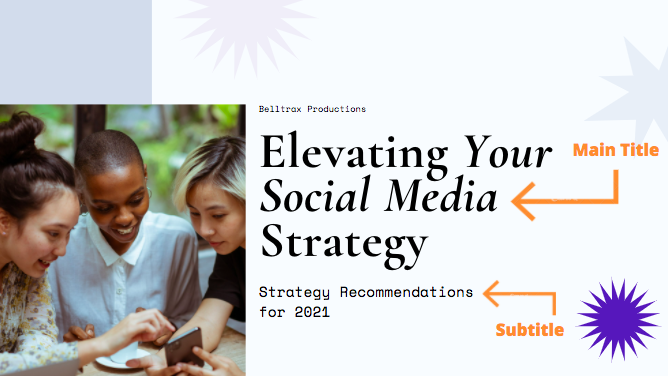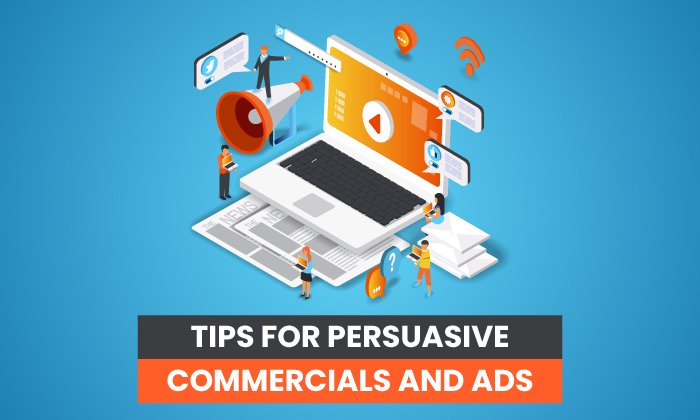How to Give a Persuasive Presentation [+ Examples]
A presentation aimed at persuading an audience to take a specific action can be the most difficult type to deliver, even if you’re not shy of public speaking.
Creating a presentation that effectively achieves your objective requires time, lots of practice, and most importantly, a focused message.
With the right approach, you can create a presentation that leaves a skeptical audience enthusiastic to get on board with your project.
In this post, we’ll cover the basics of building a persuasive presentation. Let’s dive in.
What is a persuasive presentation?
In its most basic form, a persuasive presentation features a speaker who tries to influence an audience to accept certain positions and engage in actions in support of them. A good persuasive presentation uses a mixture of facts, logic, and empathy to help an audience see an issue from a perspective they previously discounted or hadn’t considered.
How to Plan a Persuasive Presentation
Want to make a persuasive presentation that connects with your audience? Follow these steps to win friends and influence people within your audience.
1. Decide on a single ask.
The key to convincing your audience is to first identify the singular point you want to make. A good persuasive presentation will focus on one specific and easy-to-understand proposition. Even if that point is part of a broader initiative, it ideally needs to be presented as something your audience can say “yes” or “no” to easily.
A message that isn’t well-defined or which covers too much can cause the audience to lose interest or reject it outright. A more focused topic can also help your delivery sound more confident, which (for better or worse) is an important factor in convincing people.
2. Focus on fewer (but more relevant) facts.
Remember: You are (in the vast majority of cases) not the target audience for your presentation. To make your presentation a success, you’ll need to know who your audience is so you can shape your message to resonate with them.
When crafting your messaging, put yourself in your audience’s headspace and attempt to deeply understand their position, needs, and concerns. Focus on arguments and facts that speak specifically to your audience’s unique position.
As we wrote in our post on How to Present a Compelling Argument When You’re Not Naturally Persuasive, “just because a fact technically lends support to your claim doesn’t mean it will sway your audience. The best evidence needs to not only support your claim but also have a connection to your audience.”
What are the target audience’s pain points that you can use to make a connection between their needs and your goals? Focus on those aspects, and cut any excess information. Fewer relevant facts are always more impactful than an abundance of unfocused pieces of evidence.
3. Build a narrative around your evidence.
If you want to persuade someone of something, it’s not enough to win their brain — you need their heart in it, too. Try to make …read more
Source:: HubSpot Blog







